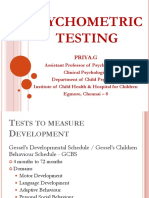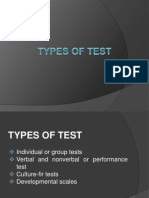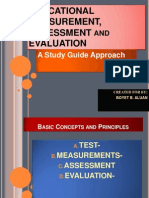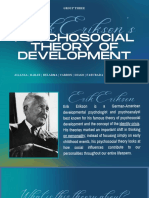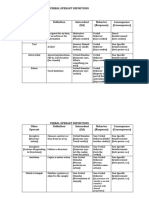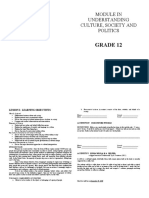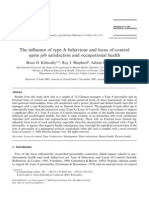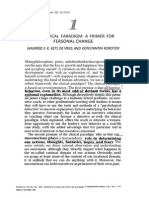0% found this document useful (0 votes)
40 views32 pagesWISC
The document outlines the Wechsler Intelligence Scale for Children (WISC) and its various verbal and performance subtests, detailing the diagnostic markers and implications of high and low scores. It emphasizes the importance of cognitive abilities such as attention, memory, reasoning, and conceptualization in assessing intelligence. Additionally, it highlights the relationship between educational exposure and intelligence outcomes, providing insights into the psychological evaluation process.
Uploaded by
Tanmay L. JoshiCopyright
© © All Rights Reserved
We take content rights seriously. If you suspect this is your content, claim it here.
Available Formats
Download as PDF, TXT or read online on Scribd
0% found this document useful (0 votes)
40 views32 pagesWISC
The document outlines the Wechsler Intelligence Scale for Children (WISC) and its various verbal and performance subtests, detailing the diagnostic markers and implications of high and low scores. It emphasizes the importance of cognitive abilities such as attention, memory, reasoning, and conceptualization in assessing intelligence. Additionally, it highlights the relationship between educational exposure and intelligence outcomes, providing insights into the psychological evaluation process.
Uploaded by
Tanmay L. JoshiCopyright
© © All Rights Reserved
We take content rights seriously. If you suspect this is your content, claim it here.
Available Formats
Download as PDF, TXT or read online on Scribd
/ 32



